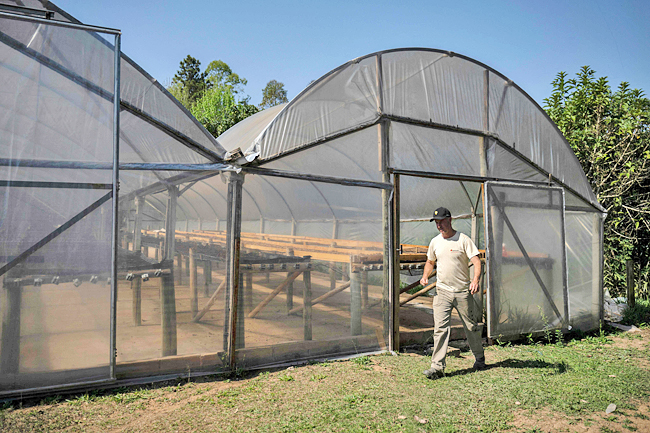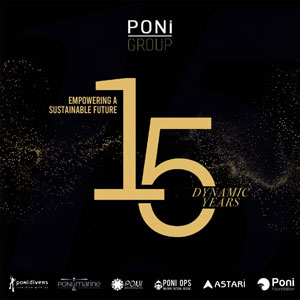DOMINGOS MARTINS, BRAZIL (AFP) – In Brazil, the proverbial goose that lays the golden egg is in reality something closer to a pheasant that excretes coffee beans.
At the Camocim coffee farm, deep in the bucolic hills of Espirito Santo state in Brazil’s southeast, jacus – a type of pheasant native to tropical forests there – are considered some of the most astute pickers (or rather, eaters) of coffee cherries.
“He chooses the best fruits, the ripest,” said worker Agnael Costa, 23, delicately scooping up droppings left behind by one of the birds between two tree trunks.
What goes in as ripe cherries comes out as beans, which can go on to be sold as some of the most delicious – and expensive – coffee in the world.
The coffee at Camocim grows in the middle of the lush forest, and the jacus here are wild, eating (and defecating) at their own pace.
“It was this agroforestry system that created the necessary conditions for this exotic coffee to exist here,” farm owner Henrique Sloper told AFP.

Domestically, jacu coffee can sell for BRL1,118 per kilogramme (or around USD100 a pound) – a price that can rise significantly upon export. Foreign distributors include British department store Harrods, among others.
The jacu, with its black feathers and red throat, wasn’t always welcome at the farm. It was originally seen as a hungry pest feeding off precious crops.
But when Sloper discovered “kopi luwak”, an expensive Indonesian coffee made with beans from civet excrement, he figured jacus might make good allies in the quest to make a better brew.
Kopi luwak sometimes has a bad reputation, with farmers accused of pressing civets – small mammals similar to weasels – into captivity to boost production.
The wild jacus at Camocim, meanwhile, roam, eat and poop at their leisure.
“It’s 100 per cent natural,” said farm production supervisor Rogerio Lemke. “The jacu is within its own natural habitat”, in Brazil’s Atlantic Forest.
Linking production to the whims of a jacu’s appetite is just one of the reasons it fetches such a high price.
Jacu droppings look a bit like a cereal bar, with beige grains protruding from a blackish, pasty mess. Once collected and dried, the beans are carefully sorted and hulled, and put into a chilled room.
“It is naturally expensive. There is no way to make a jacu coffee at a low cost,” said Sloper.
All told, jacu coffee represents less than two per cent of the estate’s production.







